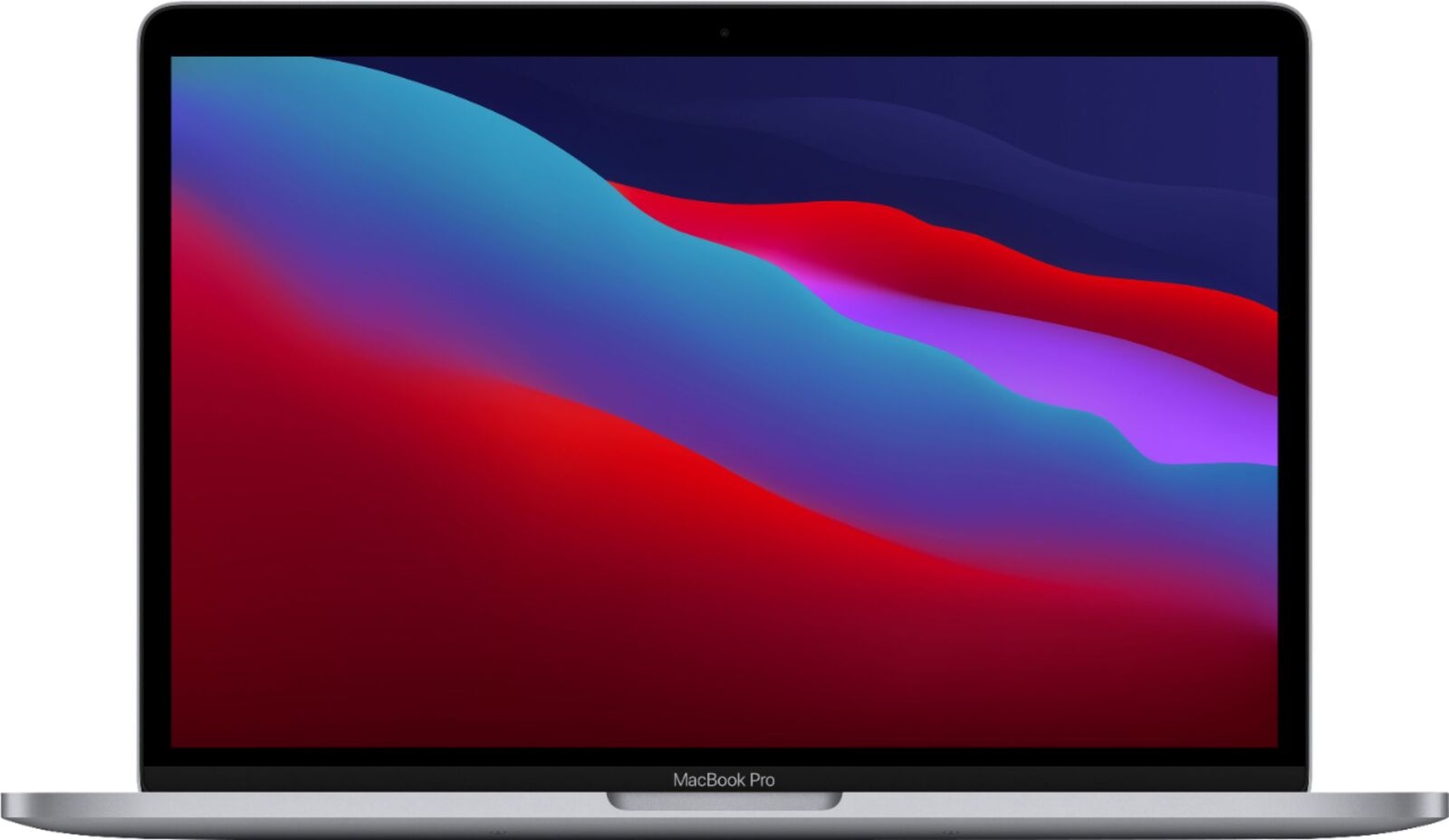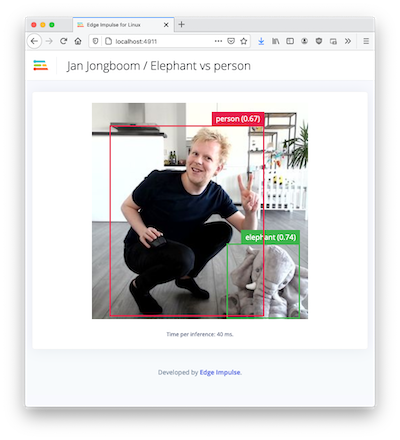
Macbook Pro
Installing dependencies
To connect your Mac to Edge Impulse:- Last, install the Edge Impulse CLI:
Connecting to Edge Impulse
With the software installed, open a terminal window and run::--clean.
Verifying that your device is connected
That’s all! Your Mac is now connected to Edge Impulse. To verify this, go to your Edge Impulse project, and click Devices. The device will be listed here.
Device connected to Edge Impulse.
Next steps: building a machine learning model
With everything set up you can now build your first machine learning model with these tutorials:- Keyword spotting
- Sound recognition
- Image classification
- object detection.
- Object detection with centroids (FOMO)
Deploying back to device
To run your impulse locally, just open a terminal and run:Image model?
If you have an image model then you can get a peek of what your device sees by being on the same network as your device, and finding the ‘Want to see a feed of the camera and live classification in your browser’ message in the console. Open the URL in a browser and both the camera feed and the classification are shown:
Live feed with classification results